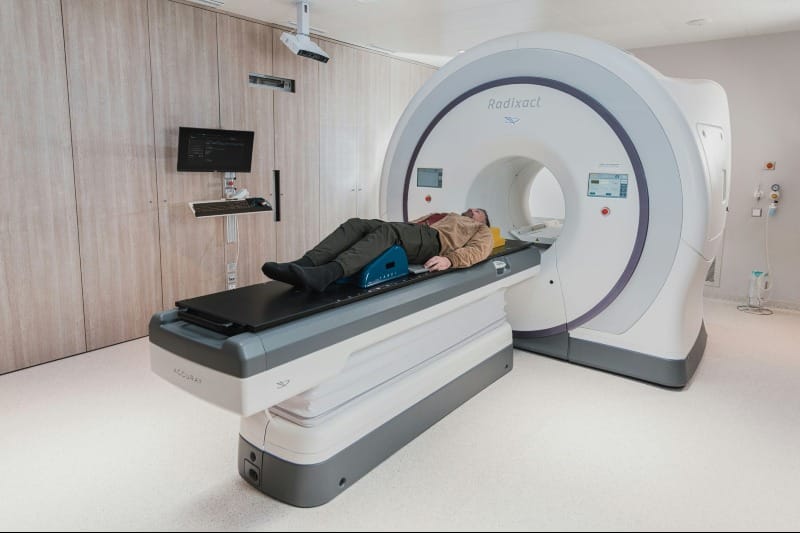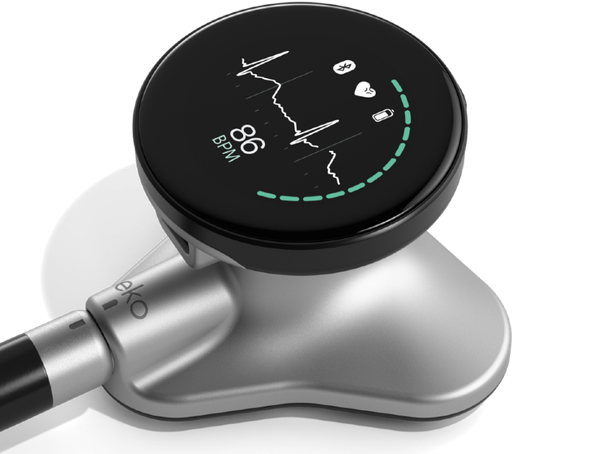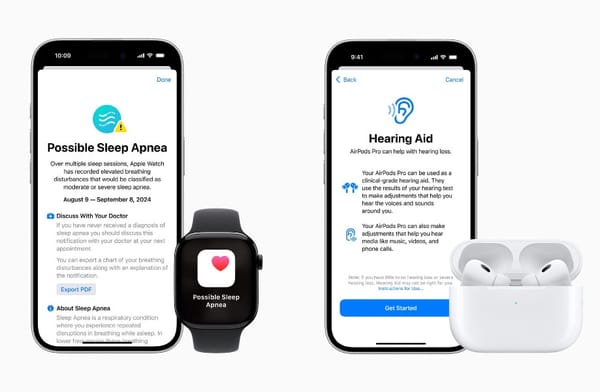Researchers at Mayo Clinic have created an artificial intelligence (AI) tool that can predict metabolic syndrome risk using 3D body scans. This innovative approach combines advanced imaging technology with machine learning to offer a new way of assessing health risks.
Key Takeaways:
- Mayo Clinic researchers developed an AI tool using 3D body scans to predict metabolic syndrome risk.
- The tool analyzes body shape and composition more accurately than traditional methods.
- It could lead to earlier detection and prevention of metabolic diseases.
- The technology is non-invasive and provides quick results.
- This advancement may revolutionize how we approach preventive healthcare.
Introduction
Imagine stepping into a futuristic scanner that can predict your risk of developing serious health conditions just by looking at your body shape. This isn't science fiction anymore – it's becoming a reality thanks to cutting-edge research at Mayo Clinic. Scientists have created a remarkable AI tool that uses 3D body scans to predict the risk of metabolic syndrome, a cluster of conditions that increase the risk of heart disease, stroke, and type 2 diabetes[4].
What is Metabolic Syndrome?
Before we dive into the details of this new technology, let's understand what metabolic syndrome is. It's not a single disease, but a group of risk factors that occur together, increasing your risk of heart disease, stroke, and type 2 diabetes. These risk factors include:
- High blood pressure
- High blood sugar
- Excess body fat around the waist
- Abnormal cholesterol levels
Having just one of these conditions doesn't mean you have metabolic syndrome, but it does increase your risk of serious disease. Having more than one of these conditions increases your risk even more[2].
The Power of 3D Body Scanning
The new AI tool developed by Mayo Clinic researchers uses a 3D body volume scanner to capture detailed images of a person's body shape and composition. This scanner is like a high-tech version of a full-length mirror, but instead of just showing your reflection, it creates a detailed 3D model of your body[3].
How It Works
- Scanning: You step into the scanner, which uses harmless light to create a 3D image of your body.
- Analysis: The AI software analyzes this 3D image, looking at factors like body shape, fat distribution, and muscle mass.
- Prediction: Based on this analysis, the AI predicts your risk of developing metabolic syndrome.
The whole process takes just a few minutes and is completely non-invasive – no needles, no blood tests, just a quick scan[4].
Advantages Over Traditional Methods
This new approach offers several advantages over traditional methods of assessing metabolic health:
- More Accurate: The 3D scan provides a more detailed and accurate picture of body composition than methods like BMI (Body Mass Index) or waist circumference measurements[4].
- Non-Invasive: Unlike blood tests, this method doesn't require any needles or sample collection.
- Quick Results: The scan and analysis can be completed in minutes, providing almost instant feedback.
- Comprehensive View: The AI looks at overall body shape and composition, not just single measurements like weight or waist size[7].
Implications for Healthcare
The development of this AI tool could have far-reaching implications for healthcare:
Earlier Detection
By accurately predicting the risk of metabolic syndrome, this tool could help identify people at risk much earlier. This early warning could allow for interventions before serious health problems develop[3].
Personalized Prevention Strategies
Understanding an individual's specific risk factors could lead to more personalized prevention strategies. For example, someone with a high risk based on their body composition might be advised to focus on specific types of exercise or dietary changes[6].
Monitoring Progress
The 3D scans could be used to track changes in body composition over time, allowing both patients and healthcare providers to see the effects of lifestyle changes or treatments[4].
Wider Accessibility
As this technology becomes more widely available, it could make detailed health risk assessments more accessible to a broader population. This could be particularly beneficial in areas where access to specialized medical testing is limited[7].
Challenges and Considerations
While this technology is exciting, it's important to note that it's still in the research phase. There are several challenges to consider:
- Validation: The tool needs to be tested on larger and more diverse populations to ensure its accuracy across different groups.
- Integration: Incorporating this new technology into existing healthcare systems will take time and resources.
- Privacy Concerns: As with any health data, there will need to be robust systems in place to protect patient privacy and data security.
- Interpretation: Healthcare providers will need training to properly interpret and explain the results to patients[8].
The Future of Preventive Healthcare
This AI tool represents a significant step forward in preventive healthcare. By combining advanced imaging technology with artificial intelligence, we're moving towards a future where health risks can be identified and addressed earlier and more accurately than ever before.
Imagine a world where a quick, non-invasive scan during your annual check-up could give you and your doctor a detailed picture of your health risks. This could lead to more targeted preventive measures, potentially reducing the incidence of serious conditions like heart disease and diabetes.
Conclusion
The development of this AI tool that predicts metabolic disease risk using 3D body scans is an exciting advancement in healthcare technology. It offers a new, more accurate way to assess health risks, potentially leading to earlier interventions and better health outcomes.
While there are still challenges to overcome before this technology becomes widely available, it represents a promising step towards more personalized and preventive healthcare. As research continues and the technology is refined, we may be looking at a future where predicting and preventing metabolic diseases becomes easier and more effective than ever before.
Remember, while this technology is impressive, it's not a replacement for a healthy lifestyle. Eating a balanced diet, getting regular exercise, and maintaining a healthy weight are still the best ways to reduce your risk of metabolic syndrome and other health conditions. This AI tool is just one more weapon in our arsenal for fighting disease and promoting good health.
Citations:
[1] https://www.ncbi.nlm.nih.gov/pmc/articles/PMC9777696/
[4] https://health.google/health-research/imaging-and-diagnostics/
[5] https://www.sciencedirect.com/science/article/abs/pii/S0168822722008610
[6] https://ramaonhealthcare.com/ai-tool-predicts-metabolic-disease-using-3d-body-scans/
[7] https://www.sciencedirect.com/science/article/pii/S2666990024000132














Member discussion